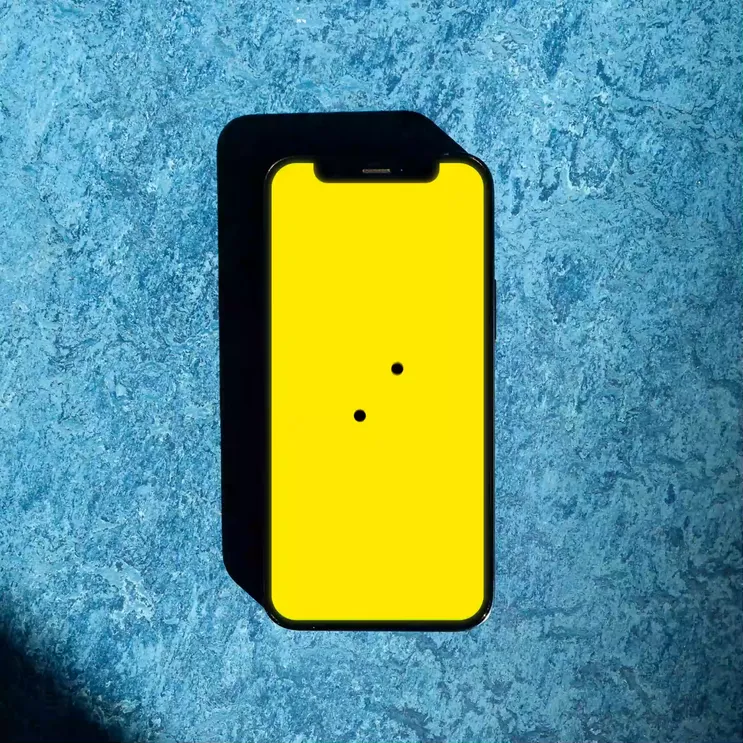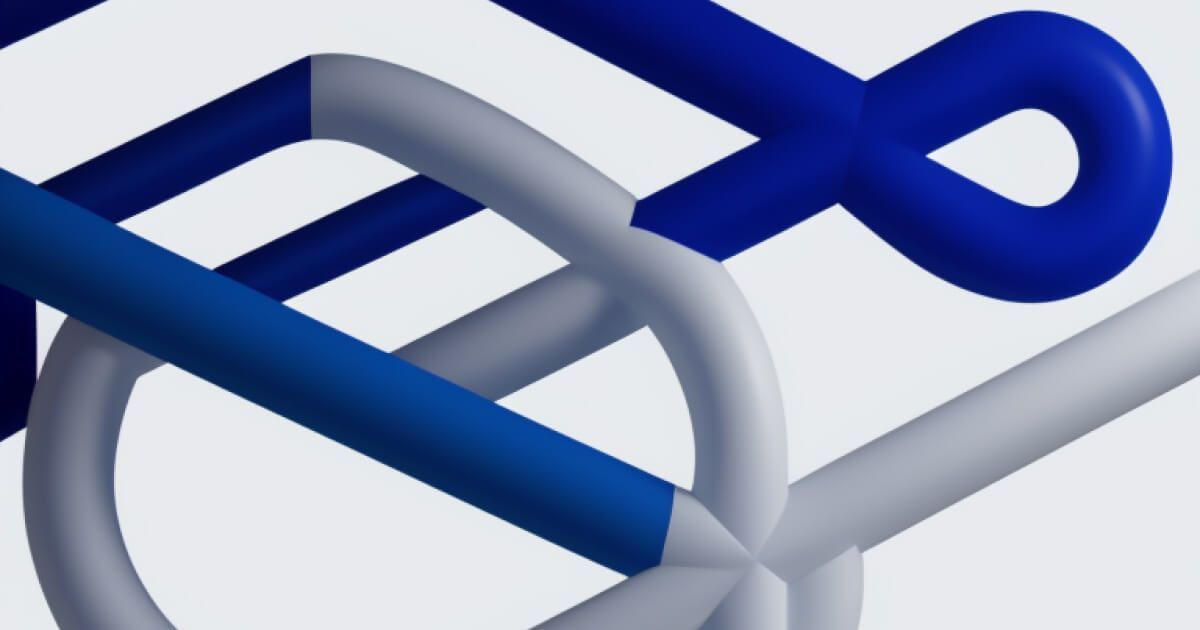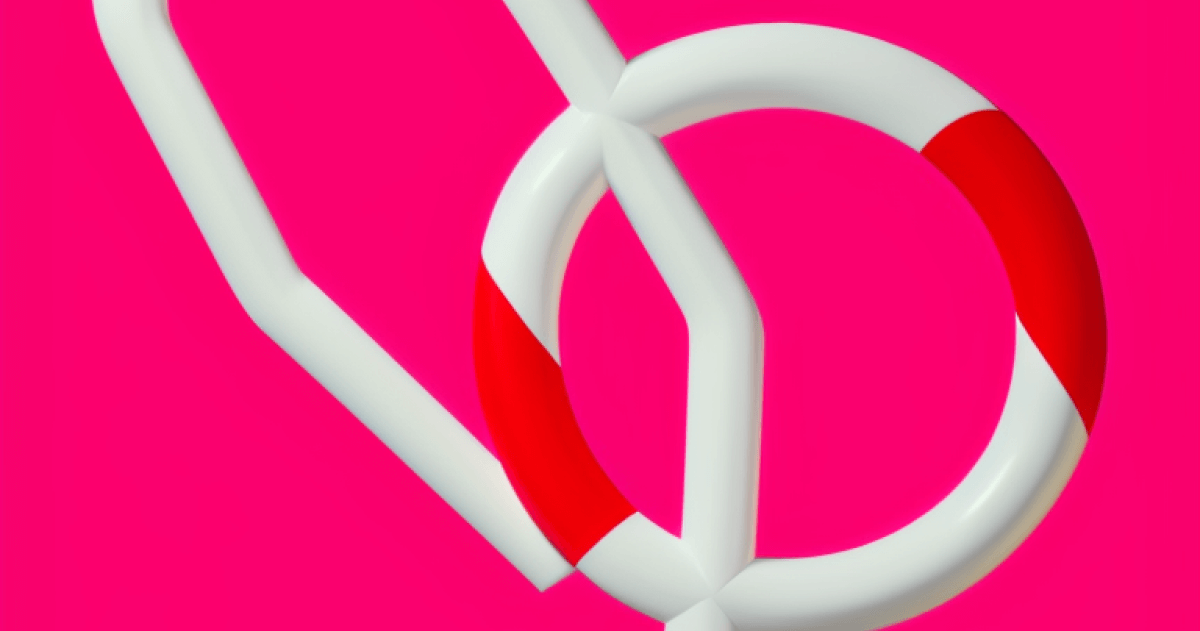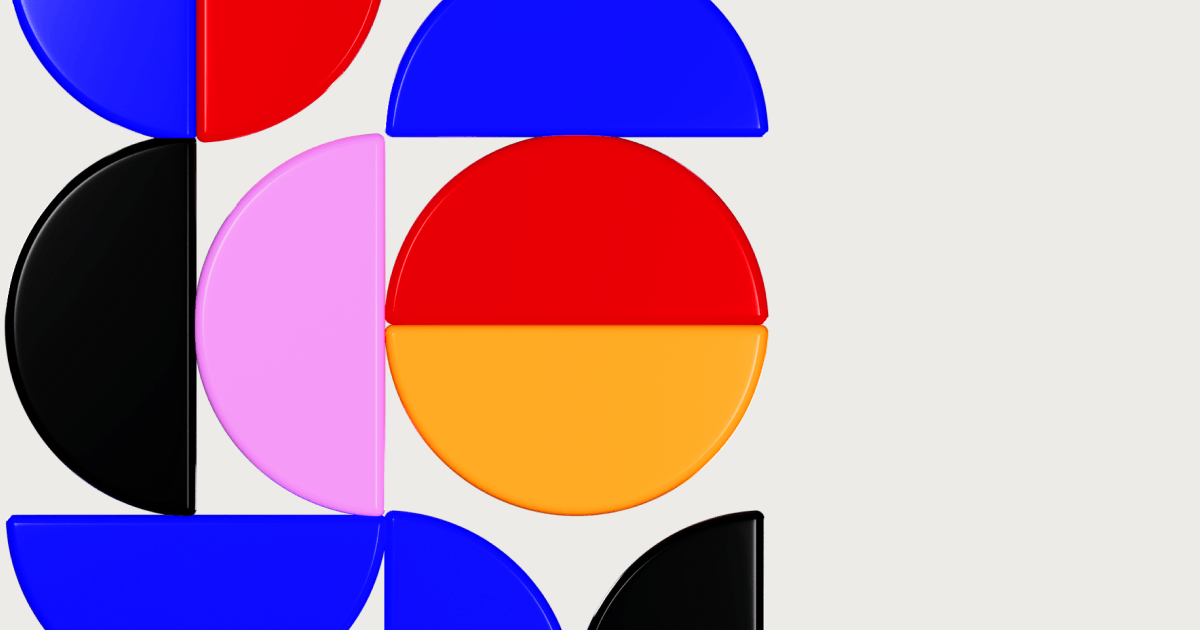Branding
8 min read
Top Design Trends for 2025: Branding and Digital Design
The design landscape for 2025 is poised for a powerful shift, shaped by technological advances, an intensified focus on personalisation, and a desire for deeper authenticity.
In branding and digital design, brands will leverage these trends to resonate more meaningfully with their audiences. Here’s a detailed look at the key trends to anticipate in the coming year, brought to you by the Pony team.
1. Dynamic Brand Identities
- Trend Overview: In 2025, static logos and brand visuals are evolving into dynamic, responsive identities that adjust to context, platform, and user interaction.
- Why It’s Trending: As brands strive to establish a personalised connection with audiences, dynamic identities provide versatility and a living, breathing impression that traditional, static logos lack.
- Example Applications: Responsive logos that subtly morph based on user data (such as time of day or user activity) and adaptive colour schemes that shift depending on platform or screen type.
2. AI-Generated Personalization in Real-Time
- Trend Overview: AI has significantly evolved, allowing for real-time personalization in branding. 2025 will see a surge in AI-driven assets tailored to each user’s profile and preferences.
- Why It’s Trending: AI’s potential to adapt designs on the fly offers brands a unique way to deliver hyper-relevant, personalized experiences. This builds trust and engagement by aligning more closely with user expectations and behaviours.
- Example Applications: E-commerce brands presenting dynamic landing pages with AI-curated colour palettes, typography, and images based on the user’s browsing history, location, or even inferred mood.
3. Micro-Interactions and “Living” UX Elements
- Trend Overview: Micro-interactions are gaining prominence as they inject energy into digital experiences and subtly guide user actions. The trend in 2025 is about creating "living" UX elements that feel responsive and fluid.
- Why It’s Trending: Small, thoughtful animations make digital interactions feel intuitive, fluid, and engaging, improving the overall user experience and keeping users immersed in the brand environment.
- Example Applications: Cursor animations that react to scrolling behaviour, interactive gradients that shift in colour as users navigate, or loading animations that subtly reinforce brand values.
4. Eco-Conscious Visual Narratives
- Trend Overview: With sustainability top of mind, brands are embracing eco-conscious design, using visuals that reflect natural textures, muted earth tones, and minimalist aesthetics to emphasize eco-friendliness.
- Why It’s Trending: Audiences are more eco-aware than ever, and brands that authentically integrate sustainable values into their visuals establish credibility and trust.
- Example Applications: Using textures like recycled paper or organic patterns in digital assets, creating campaign visuals that reflect conservation efforts, and integrating energy-efficient designs, such as darker mode colour schemes, that reduce screen power consumption.
5. Immersive 3D and VR-Ready Branding
- Trend Overview: 3D design has matured, now extending seamlessly into VR environments, which will be a major branding focus in 2025. Brands will embrace spatial design in their digital assets, making experiences more interactive and sensory.
- Why It’s Trending: As VR adoption rises, especially in e-commerce and interactive branding, immersive 3D assets allow brands to create memorable, interactive spaces for users, encouraging deeper exploration and engagement.
- Example Applications: VR-compatible brand showcases, immersive 3D product galleries, and virtual “storefronts” that allow users to “walk through” a brand’s offerings, giving an engaging alternative to traditional browsing.
6. Humanizing AI and Brand Personification
- Trend Overview: Brands will begin to ‘humanize’ AI interactions, moving away from sterile and generic responses to more personality-driven experiences, creating a distinct brand persona even through automated interactions.
- Why It’s Trending: In a world where AI is omnipresent, audiences crave human connection. By creating relatable and friendly AI personas, brands can foster a stronger, more memorable connection.
- Example Applications: AI chatbots that use brand-specific slang, conversational tones, or even humor; voice-enabled virtual assistants that use custom scripts written to reflect the brand’s unique personality.
7. Ultra-Minimalism with a Maximalist Twist
- Trend Overview: Minimalist design is here to stay, but 2025 will see brands pairing ultra-clean layouts with bold, maximalist highlights - unexpected bursts of colour, texture, or typography that add intrigue and memorability.
- Why It’s Trending: Pure minimalism can feel impersonal, while maximalist details bring vibrancy without sacrificing cleanliness. This balance of boldness and refinement helps brands stand out without overwhelming users.
- Example Applications: Websites with clean, spacious layouts and selective, large-scale typography, or interactive elements in contrasting neon colors that punctuate the experience and draw attention to key areas.
8. Voice-Led Branding and Accessibility-First Design
- Trend Overview: With more users engaging with devices through voice, 2025 will see a surge in voice-led interfaces. Additionally, accessibility-first design will be integral, ensuring brands are inclusive across all touchpoints.
- Why It’s Trending: Voice-first experiences make brands more accessible to a wider audience, including visually impaired users, and cater to the growing number of users who prefer voice over traditional typing or touch.
- Example Applications: Voice-guided e-commerce navigation, branded audio elements for voice interfaces, and audio-driven micro-interactions on websites, providing cues for navigation or brand storytelling.
9. Bold, Expressive Typography as a Branding Statement
- Trend Overview: Typography in 2025 will evolve beyond legibility into an art form, serving as a central brand statement that reflects the brand’s personality through shape, weight, and customizations.
- Why It’s Trending: As brands seek to stand out and convey emotion through visuals, expressive typography becomes a powerful tool, offering an impactful way to communicate the brand’s identity at a glance.
- Example Applications: Fonts that feel organic, textured, or slightly imperfect to add authenticity, or typefaces that adjust dynamically to user interactions, shifting weight or spacing as users engage with content.
10. Data-Driven Storytelling in Brand Campaigns
- Trend Overview: Brands will embrace data as a narrative tool in 2025, creating compelling stories that are backed by tangible metrics. Data visualizations will be seamlessly integrated into design to communicate impact.
- Why It’s Trending: Today’s consumers are information-savvy and expect transparency. Data-driven storytelling not only builds trust but also helps audiences understand a brand’s mission and achievements in a visually engaging way.
- Example Applications: Brand transparency pages showing metrics on environmental impact, infographics highlighting customer success stories or product benefits, and interactive data visualizations on websites to display progress and results.
The design trends of 2025 are all about creating genuine connections. As tech pushes boundaries, brands that adopt these trends will stand out—not just for aesthetics, but for experiences that resonate on a human level. Here’s to a future where design is dynamic, immersive, and yes, a little more real. Cheers to 2025, from the Pony team.
























